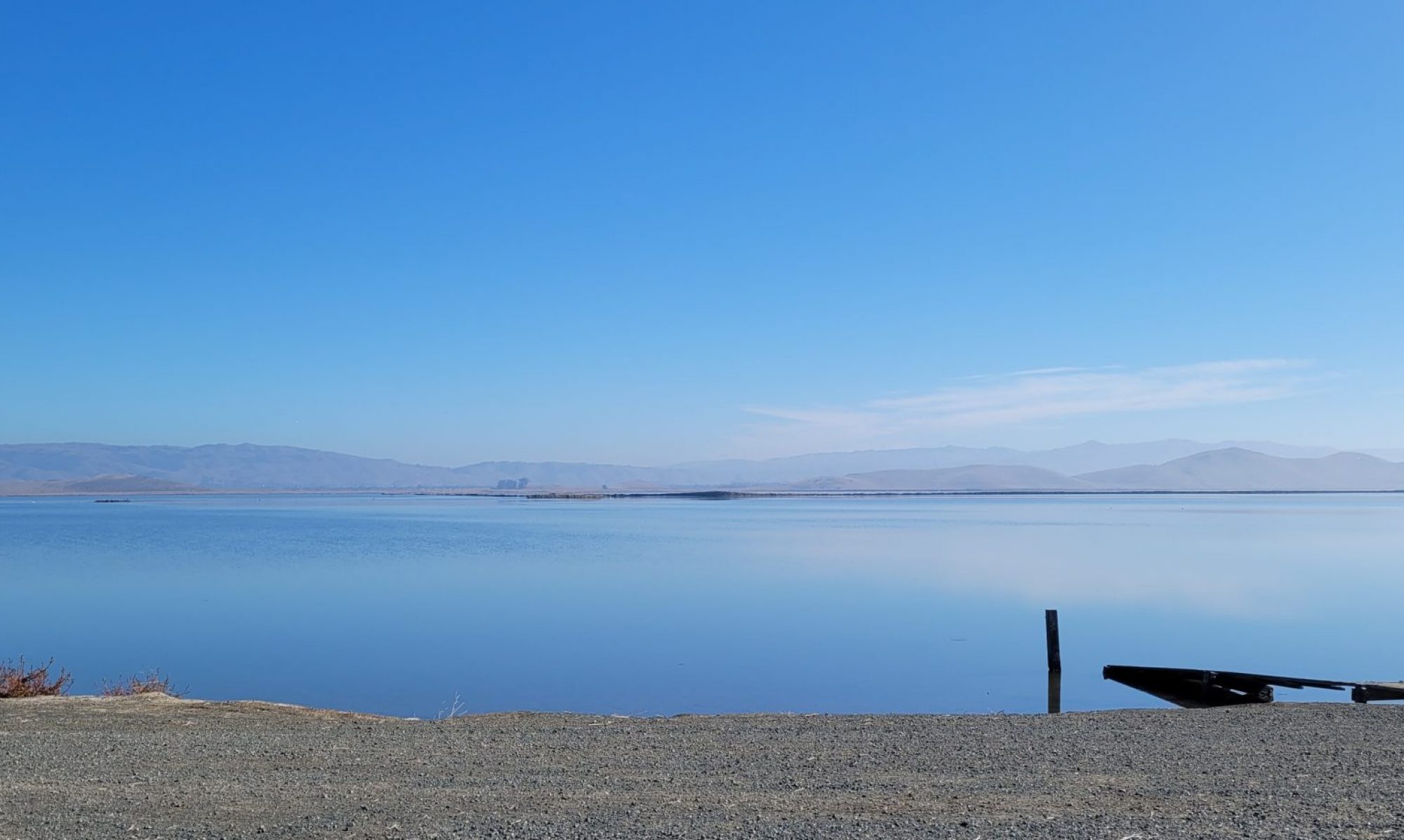I read biographies voraciously in the second grade; our school library had a whole series of them. Amelia Earhart, Betsy Ross, George Washington – I distinctly remember Thomas Jefferson hating to have his hair cut with a bowl on his head. The biography of Kit Carson said he was a pioneer and explorer who helped clear the west for the settlers. Isn’t that what we all learned? In 1993 (and two weeks ago), I was reading a National Park Service plaque about Kit Carson at Canyon de Chelly which explained that the site was the last stand for a group of Navajos before Carson put them on the Long Walk. The Long Walk? I didn’t remember reading about that part of his biography.

Kit Carson, American Mass Murderer
Carson, according to modern bio excerpts, was a tireless explorer, traveled 20,000 miles on the back of a mule, spoke nine Native American languages, and married two native women. He fought off the Mexicans and Spanish in the acquisition of California for the United States. In the 1860s, the U.S. army put him in charge of clearing out the west, focusing on the Navajo, who refused to be relocated to a reservation. In 1864, he came into Canyon de Chelly, where hundreds of Navajos had lived for decades, just as the Anasazi had lived in the cliffs for centuries before. Carson attacked them as Spanish soldiers had done before him, and the Navajos climbed up into their hill fortresses for protection. Carson’s response was the euphemistic “scorched earth policy,” meaning he drove their livestock into blind canyons and slaughtered them. He burned all their crops, every last cornfield and melon patch. Then, he waited out the people until they came down, starving. He gathered them together – and other Navajos who had been captured – and drove these thousands of men, women, elders, and children 300 miles across Arizona into New Mexico to the Pecos River. That is the Long Walk. Continue reading “National Parks & America’s Pioneer Identity”

